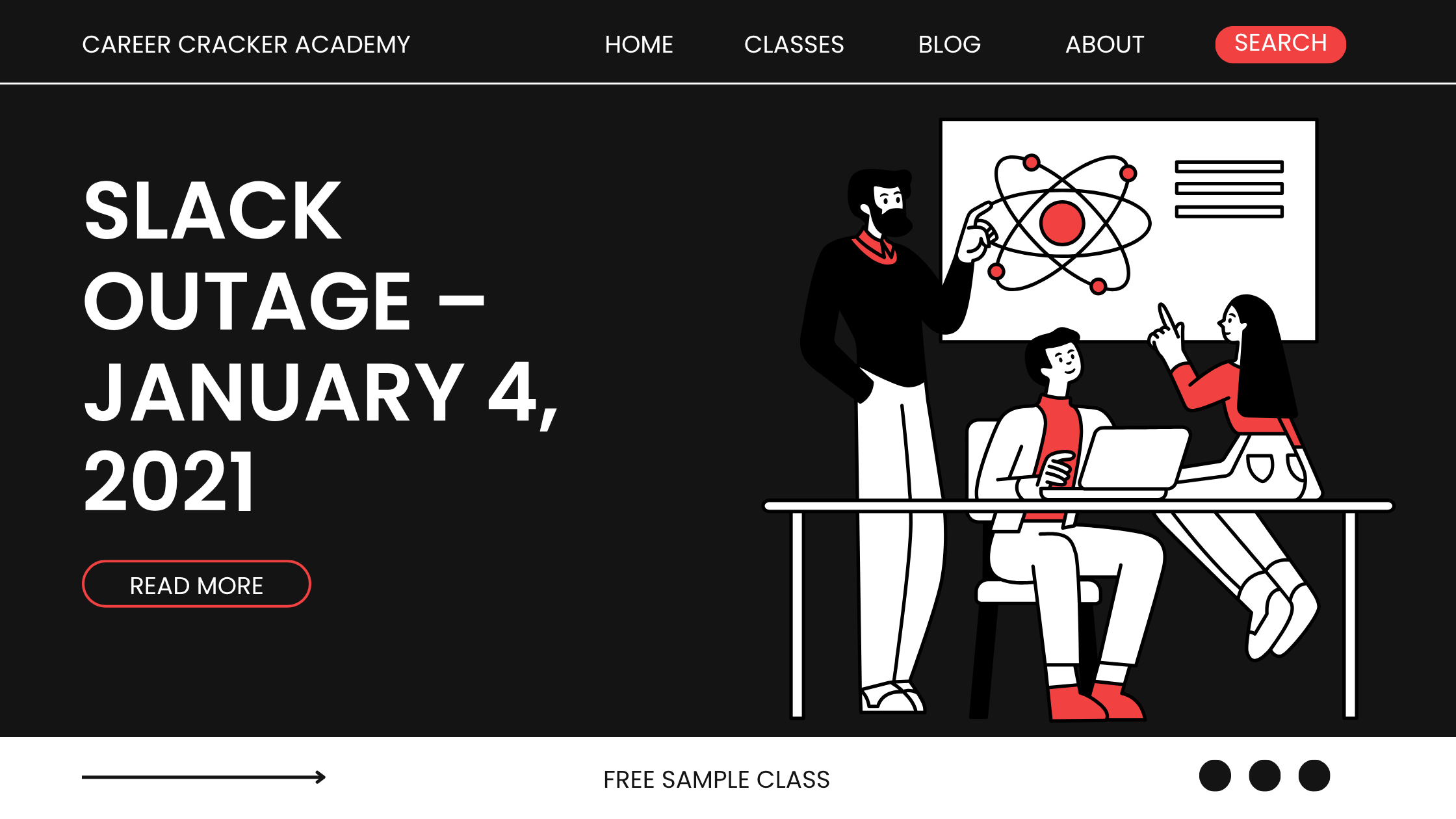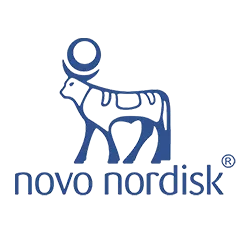
Slack Outage – January 4, 2021
“When Slack Went Silent: A Collaboration Breakdown on the First Workday of 2021”
Incident Overview
On January 4, 2021, Slack experienced a major global outage that left millions of remote workers stranded without their primary communication tool. The timing was particularly critical — it was the first workday of the new yearafter the holiday break. Organizations worldwide found themselves unable to send messages, join calls, or share files.
Slack’s response to the incident and their transparent postmortem made it a benchmark case in real-time incident communication and cloud dependency challenges.
Timeline of the Incident
|
Time (UTC) |
Event |
|---|---|
|
~15:00 UTC |
Users begin reporting errors in loading Slack and sending messages. |
|
15:10 UTC |
Slack acknowledges issue on status page – “Users may have trouble loading channels or connecting.” |
|
15:30 UTC |
Escalated to SEV-1 internally; engineering teams begin root cause investigation. |
|
17:00 UTC |
Partial restoration of services begins. |
|
19:30 UTC |
Most features recovered; root cause under analysis. |
|
23:00 UTC |
Full service restoration; Post-Incident Review in progress. |
Technical Breakdown
What Went Wrong?
Slack's backend services are hosted primarily on Amazon Web Services (AWS). On January 4, there was an unexpected surge in user traffic as global teams resumed work, leading to overload and cascading failures in backend services.
Specific Technical Issues:
-
Database Connection Saturation: Slack’s core services, including messaging and file storage, rely on PostgreSQL clusters. A sharp spike in connections exhausted available pool sizes.
-
Job Queue Bottlenecks: Background workers using Apache Kafka and Redis queues began to back up as retry mechanisms kicked in.
-
Load Balancer Timeout Failures: Some internal services behind HAProxy load balancers couldn’t maintain health checks under load.
Slack’s system design included autoscaling, but the incident revealed gaps in threshold configurations and fallback procedures.
Incident Management Breakdown
Detection
-
Internal monitoring via Datadog and New Relic showed increased latencies and dropped connections.
-
Simultaneous user reports flooded social media and Slack’s own status portal.
Initial Triage
-
Slack activated a SEV-1 incident within 15 minutes.
-
On-call SREs, database engineers, and infrastructure teams were pulled into the bridge call.
-
Communication shifted to external tools (Zoom, mobile phones) due to partial outages in internal Slack-based runbooks.
Investigation
-
Load metrics pointed to database overload, exacerbated by retry storms from dependent services.
-
Engineers isolated the high-load services and began scaling out PostgreSQL and Redis instances.
-
Rate-limiting was temporarily introduced on some non-critical API endpoints to reduce load.
Mitigation & Recovery
-
Engineers increased the maximum number of DB connections and spun up more compute nodes.
-
Auto-healing processes for Kafka queues were manually triggered to drain backlog.
-
Gradual restoration was performed to avoid overwhelming the freshly scaled infrastructure.
Closure
-
Slack published a full Post-Incident Report with diagrams, impact timelines, and actions taken.
-
The PIR included acknowledgments of architectural limitations and a 30-day improvement roadmap.
Business Impact
-
Users Affected: Millions globally — including entire remote-first companies.
-
Services Disrupted: Messaging, Slack Calls, file uploads, workflow automation, and notifications.
-
Enterprise Impact: Communication blackouts for engineering, customer support, HR onboarding, and operations teams.
-
Trust Impact: Social media buzz and public criticism, though mitigated by Slack’s excellent real-time communication.
Lessons Learned (for IT Professionals)
Scale Testing
The incident revealed the importance of load testing systems after holidays and during known high-load periods.
Auto-Scaling Fine-Tuning
Autoscaling isn’t enough — thresholds, prewarm logic, and cascading service limits need continuous tuning.
Real-Time Communication
Slack’s transparency on status.slack.com and Twitter updates were industry-standard — showing how trust is earned during outages.
Resilient Runbooks
Incident runbooks must be accessible even when internal tools (like Slack itself) are down.
Cross-Team Drills
Regular incident simulations (game days) involving DBAs, SREs, app teams, and executives can reduce chaos during real SEVs.
Slack’s Post-Outage Improvements
-
Expanded connection pools and burst capacity in PostgreSQL clusters.
-
Upgraded job processing infrastructure with fail-safe mechanisms for retry storms.
-
Introduced pre-scaling logic based on calendar and historical usage data.
-
Improved real-time analytics dashboards to give SREs faster visibility.
Career Cracker Insight
The Slack outage was not about downtime — it was about response. As a future Major Incident Manager or SRE, your job isn’t just to fix — it’s to lead, communicate, and learn fast.
At Career Cracker, our Service Transition & Operations Management Course prepares you for such high-pressure roles — from real-time troubleshooting to RCA documentation and stakeholder handling.
Want to be the voice of calm during a global outage?
Book a free session today – Pay only after placement!
Hiring Partners










































